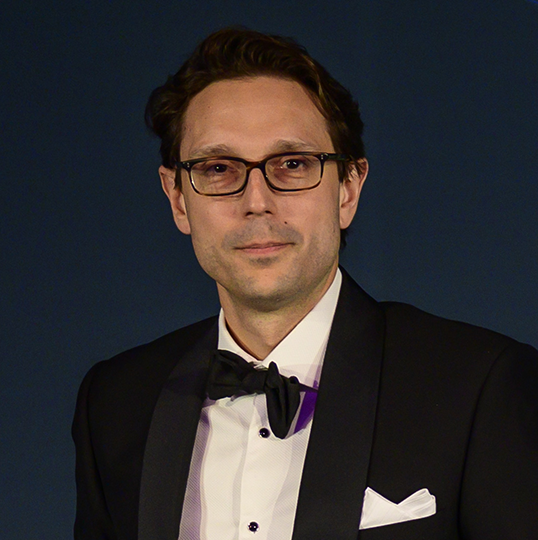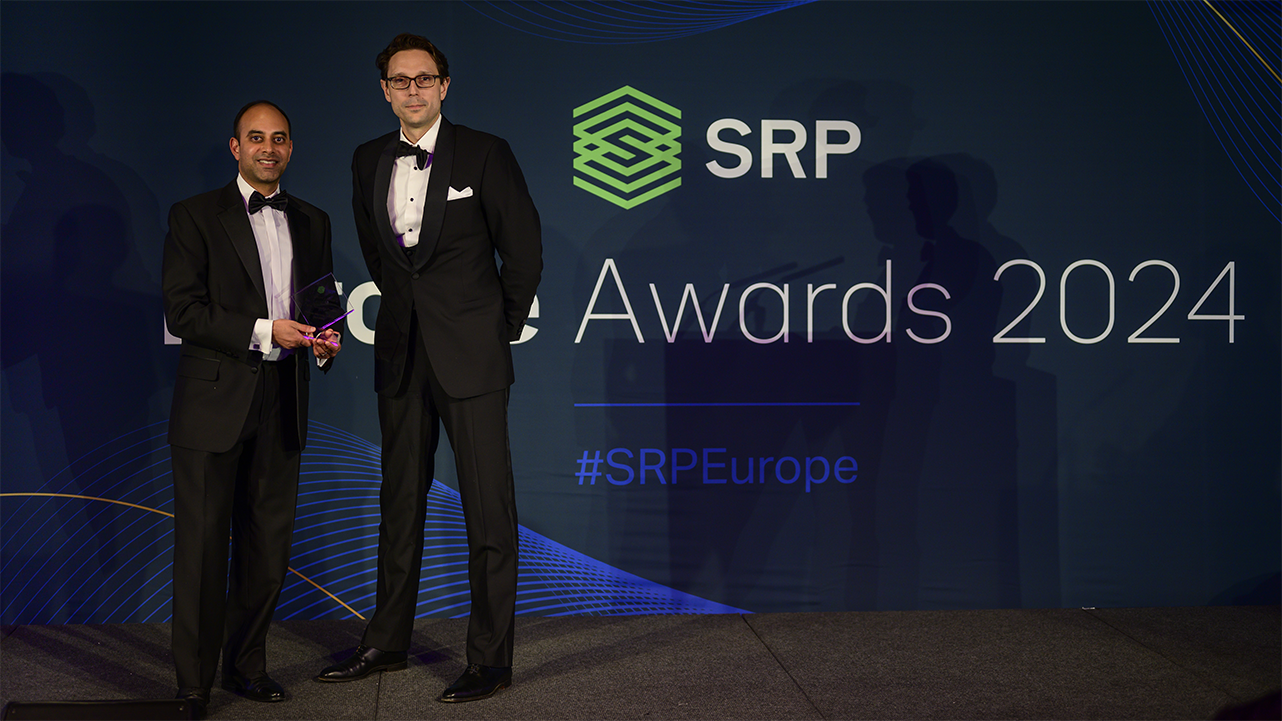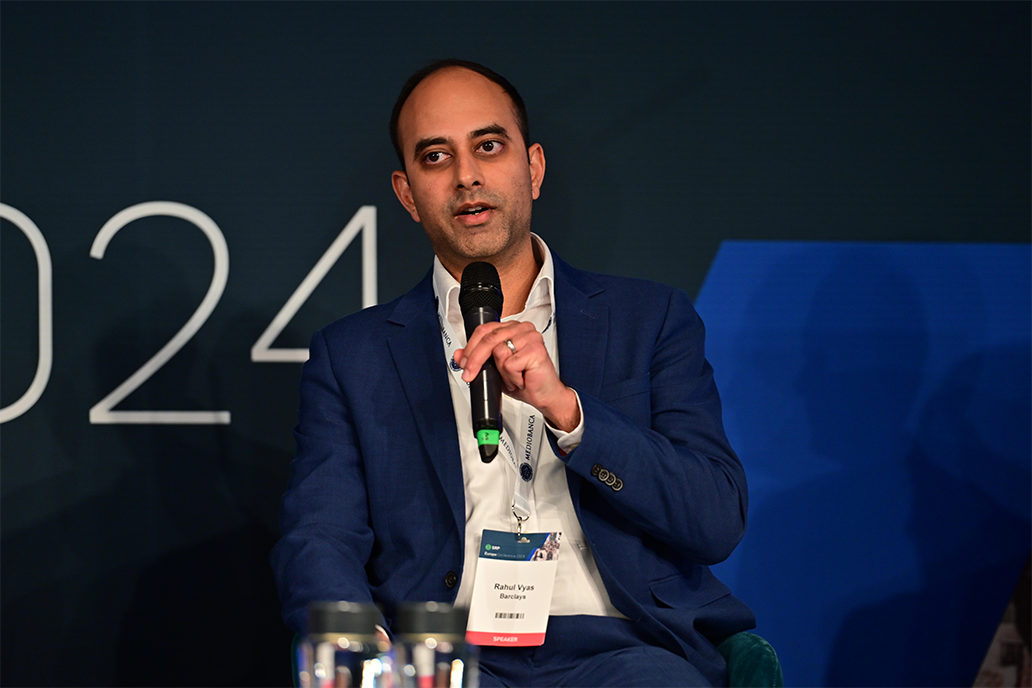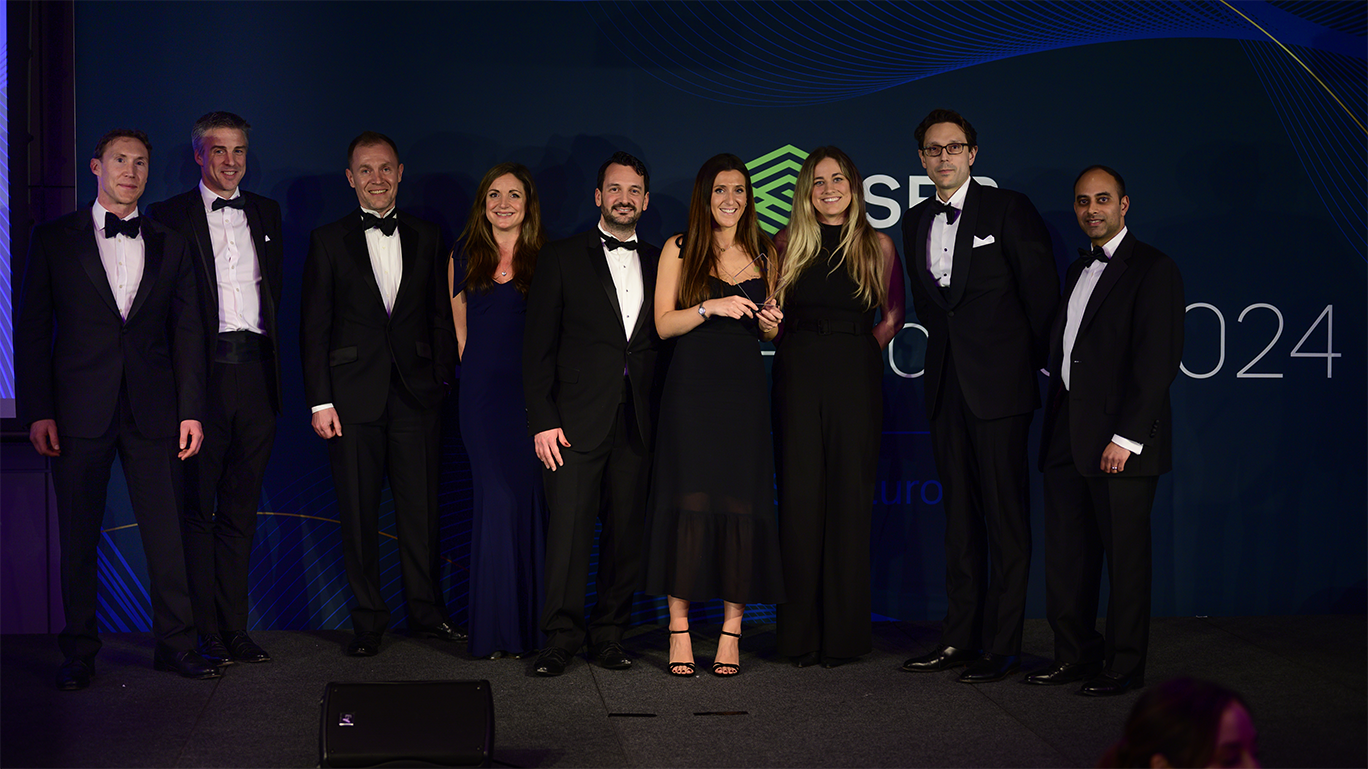Barclays has been among the top winners at this year's SRP Europe 2024 awards.
The UK bank was recognised with three accolades including Best House, Equities, Europe, and Best House, UK & Ireland, as well as the Most Innovative Product with its Phoenix Memory Callable structure.
SRP considered 10,415 structured products issued by Barclays between 1 October 2022 and 30 September 2023 worth an estimated US$6.5 billion as well as 5,474 products that matured worth US$1.5 billion during the period either early or organically.
In full year 2023, Barclays issued 5,921 products in Europe that collected an estimated US$4.8 billion compared to 3,133 products worth US$6.5 billion the previous year.
We are very humbled to be recognised with this award and for us is a recognition of our efforts to stay close to clients and meet their needs - Arnaud Heckenroth
The UK bank's issuance during the relevant period was focused on equity-linked structures including single index structures (716/US$2 billion), share baskets (2,589/US$1.3 billion) and single share products (1,041/US$647m), as well as interest rate-linked products (54 products/US$318m), hybrid structures (89 products/US$US$265m) and index baskets (325/US$229m) with muted activity on other asset classes like FX rates.
"We are very humbled to be recognised with this award and for us is a recognition of our efforts to stay close to clients and meet their needs and deliver the best products regardless of market conditions," Arnaud Heckenroth (pictured), managing director, head of equities structuring Emea, told SRP.
"We approach product development as an evolution rather than a revolution – we are evolving continuously the products that have been done in the past."
The product that won the Most Innovative Product award - Phoenix Memory Callable – "is a good example of adapting the offering to the market conditions as we try to extract as much value from the market as possible", according to Rahul Vyas (above left, next to Heckenroth), managing director, equity derivatives structuring at Barclays.
"The product ultimately caters to a market where yield enhancement is very important," he said.
The product is "a simple callable structure" that provides conditional coupons on a regular basis, subject to the performance of a basket of well-known Italian companies - Intesa Sanpaolo, Unicredit, Banco BPM and Ferrari.
"These companies in particular have a lot of traction with Italian retail investors, and they fall into sectors that have been performing very well in the recent macro-economic market, and as a result have been providing a lot of value to investors," said Vyas.
"The callable payoff feature allowed us to provide attractive monthly coupons to the investor with a limited amount of risk as the investor can only incur a loss when the worst performing stock falls below the 50% downside protection barrier."
The general mechanics of the product work very similar to the autocallable, but it was important to have a conversation with investors about the features of the product "as the pickup in the coupon investors are getting is in exchange for the fact that the product can be called at the issuer’s discretion".
"The callable payoff has a different narrative to the autocall structure, and it is important to explain this feature because there is no automatic call with this kind of structure. It usually gets called by the issuer when there is a market rally," said Vyas.
Beyond autocalls
Rahul Vyas (below): It is really important to be able to bring diversity of product to the market for the benefit of investment portfolios. The callable feature versus the autocallable feature allows investors to use a structure that is similar to the one they are used to, but with a small tweak that results in an enhanced coupon.
Callable products are pricing well right now due to the relatively high interest rate volatility versus history which brings a lot of value to investors in terms of the yield enhancement they can achieve.
Looking back
Arnaud Heckenroth: Last year was an important year for Barclays after a challenging 2022 following the over issuance situation in the US.
It was very important for us to bounce back strong and stay strong in 2023. Being recognized and receiving the award for best European equity house in 2023 is the best endorsement we could receive from our peers and clients after what happened in 2022.
The beginning of 2024 shows the start of a new cycle where low risk investments can have attractive yields. As a result, we've seen a lot more rate-linked, credit and hybrid products. There is a shift towards portfolio diversification as investors have more choice.
There is scope to issue more capital protected notes because the conditions that we are in with low equity volatility and rates high enough allow to make protection cheaper and offer good upside equity exposure.
Investor sentiment and demand for structured product reflects the general market consensus view on equities, rates and bonds, in general - Rahul Vyas
This could attract part of the investor base that has had less exposure to structured products over the last 15 years. If you look at before the financial crisis, there were more participation products in the mix, which we haven't seen yet. It will be very interesting to see if the current markets environment leads to a higher product and risk diversification.
Market edge
Arnaud Heckenroth: Having a long-standing presence in the structured products market has allowed Barclays to build strong relationships with many of its clients and this approach remains a critical factor of the bank's strategy.
We've been present and worked closely with our core clients through many market cycles in Europe, and we have also developed and enhanced our trading capabilities to allow clients and their partners on our platform. This has been a differentiator for us.
Our automated trading solutions are used very actively by many of the largest distributors in Europe and we have the ecosystem of products and solutions to serve all clients in all the market we have a presence in. We have re-entered several markets including Germany, Italy and the Nordics over the last five years and have also been more proactive in others where we had a strong footprint including the UK, Switzerland and France.
Being awarded the UK House of the year for the third time in a row is also a testament to our achievements at an individual market level.
ESG
Arnaud Heckenroth: From a Barclays perspective, we are very committed into expanding our sustainability, investment solutions. We've expanded our green structured notes program to being a green and social issuance program.
We are looking at different ways to develop our offering to continue to grow the ESG business throughout 2024 and beyond. Despite different macro and geopolitical dynamics, we still see significant demand from clients with traditional ESG index products still very much in demand.
We also see that the use of proceeds for green and social causes are now part of the equation. I'm confident that ESG structured products will continue to grow with some markets being more dominant than others in terms of issuance and sales.
Benchmark v custom
Arnaud Heckenroth: I think we're going to see a mix of both. Historically, the very low rates, underlyings that were designed to navigate the constraints of the previous market cycle - release premium to spend on market exposure and embed some kind of protection via vol control and decrement overlays - don't make as much sense in the current higher rates and low equity volatility environment.
We are moving to a world where we can more easily provide principal protection to balance portfolios and we can also revive structures that we haven't seen for many years like a rainbow portfolio, or best profile payout that could play different indices or different asset classes.
I would expect to see more demand for those product types especially from investors that have not used structured products due to the complexity of some underlyings or not being comfortable with putting some of their capital at risk. As soon as you go back to traditional balanced portfolios as underlyings, in a protected fashion, you can access a wider client base.
If we take the experience that we've seen in the US, in some parts of the market, when you need price stability, even though you have enough to spend in traditional assets, you see vol control indices with a higher vol target levels which are very appealing to investors. The current interest rates have also benefitted those indices which now offer 8% and 10% vol targets – the levels are much higher than what we've seen before.
We are in a very interesting stage of the new market cycle and there are a lot of open questions like how long the equity rally will last or what market and assets to get exposed to. Structured products are well placed to capitalise from these dynamics.
Rahul Vyas: We expect a more mixed environment in terms of traditional underlyings versus some of the custom indices that we've seen emerging in the past few years. With traditional underlying indices on the main equity market providing a lot of value at the moment the question is if investors need for more customised indices.
There is a strong argument and a strong view for many investors to replace broad based equity indices with indices that are focused on specific sectors or thematics, as a way to capture alpha.
We don't think custom indices will fall out of favour as there is still good demand and a valid reason to customise underlyings. It is true that the more traditional underlyings are offering good value, but custom indices can also meet the needs of investors looking for specific exposure to the market.
Going forward
Rahul Vyas: We've had a lot of interest and demand for products that offer leveraged equity upside, because the market sentiment is that there is still room for growth in equities. But it's unknown how much further they will rise, so structured products that allow investors to participate in any further upside in equities, and accelerate those returns from small upwards moves, will remain in focus.
Additionally, there's also interest in products which take a view on equities and rates. For example, products that provide yield when equities finish slightly higher than where they are now, and rates finish just lower than where they are now.
Investor sentiment and demand for structured product reflects the general market consensus view on equities, rates and bonds, in general.
Do you have a confidential story, tip, or comment you’d like to share? Write to info@structuredretailproducts.com.



